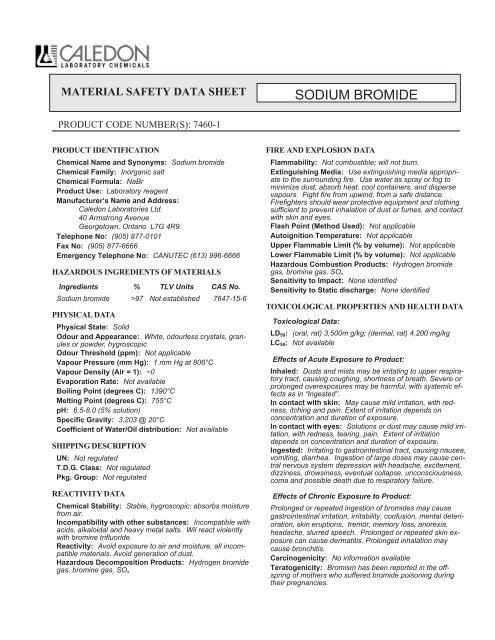

Do not place portable generators near open doors and windows.Items such as camp stoves, charcoal grills, fuel-burning lanterns and generators should never be used inside a tent, RV or cabin.There are a number of ways people can be exposed to high levels of carbon monoxide while participating in activities such as camping, fishing, hunting and boating. Finding CO concentrations higher indoors than outdoors indicates a source of CO either inside or very close to your home. In general, concentrations are lower in rural areas and higher in urban areas. These levels are well below the federal standard of 9 ppm for CO in outdoor air. Paul metro area, outdoor CO levels typically range from 0.03-2.5 parts per million (ppm) averaged over an 8-hour period. Ideally, the level of CO indoors should be the same as CO concentrations outside. Grills, generators, power tools, lawn equipment.Homes with fuel-burning appliances or attached garages are more likely to have CO problems Common sources of CO in our homes include fuel-burning appliances and devices such as: Carbon Monoxide Sources in the HomeĬO is produced whenever a material burns. The good news is that carbon monoxide poisoning can be prevented with simple actions such as installing a CO alarm and maintaining fuel burning appliances. For more information Carbon Monoxide Data Portal. Approximately 300 people visit emergency department each year for treatment of symptoms linked to unintentional CO exposure. Data specific to Minnesota show that an average of 14 people die due to unintentional CO poisoning each year.

The CDC estimates that approximately 400 people die from unintentional CO exposure in the United States every year. Furthermore, when people become sick the symptoms are similar to the flu, which can cause victims to ignore the early signs of CO poisoning. This means that dangerous concentrations of the gas can build up indoors and humans have no way to detect the problem until they become ill. Since CO has no odor, color or taste, it cannot be detected by our senses. When people are exposed to CO gas, the CO molecules will displace the oxygen in their bodies and lead to poisoning. Carbon Monoxide (CO) Poisoning in Your Homeĭownload a printable version of the brochure Carbon Monoxide: Preventing carbon monoxide poisoning in your home (PDF)Ĭarbon monoxide (CO) is an odorless, colorless gas formed by the incomplete combustion of fuels.


 0 kommentar(er)
0 kommentar(er)
